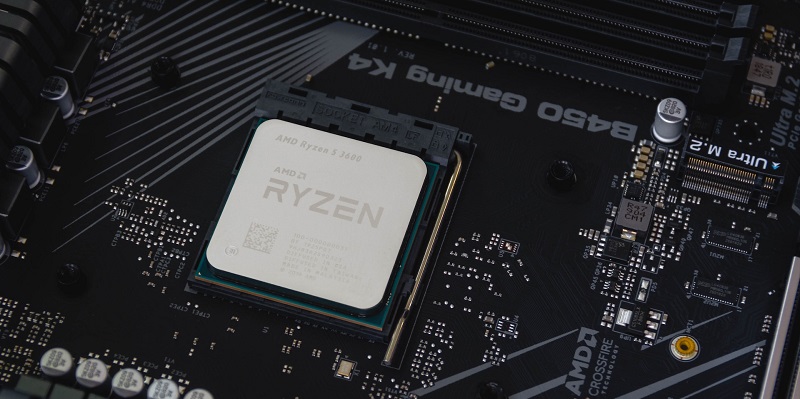In the world of graphics processing units (GPUs), AMD has always been a significant player. However, recent rumors suggest that the company’s next generation of GPUs will predominantly focus on midrange options. With three sources confirming this speculation, it’s becoming increasingly credible. Additionally, reports suggest that AMD intends to prioritize the allocation of wafers from TSMC to their general-purpose GPU(GPGPU) and field-programmable gate array (FPGA) products. Let’s delve into this fascinating strategy and explore its potential implications.
Historical Context
To understand the credibility of this rumor, it’s crucial to review AMD’s past actions. The company has been known to prioritize midrange GPU options in the past. One such example is the release of the RX 580, which followed the high-end RX 480. This move indicates a deliberate strategy to establish a strong foothold in the midrange market segment. Considering this historical context, it seems plausible that AMD would follow a similar approach with their next-generation GPUs.
Non-Competition with Nvidia
While AMD has been a formidable competitor in the GPU market, they have not directly taken on Nvidia in the current round of flagship GPUs. This decision has allowed AMD to focus on establishing a strong presence in the midrange segment, avoiding the potential risk of head-to-head competition with Nvidia’s high-end offerings. Consequently, the existing RX 7900 XTX retains its position as AMD’s flagship GPU until the anticipated arrival of RDNA 5 in 2026 or even beyond.
Wafer Allocation Strategy
Reports indicating AMD’s intention to prioritize GPGPU and FPGA products for TSMC wafer allocation suggest a critical shift in their strategy. By channeling resources into these areas, AMD aims to maximize profitability and diversify its revenue streams. This strategy aligns with the industry trend of increased demand for GPGPU applications in artificial intelligence (AI), deep learning, and data centers.
Drawing a parallel with Nvidia, AMD is not alone in its approach to wafer allocation. Reports suggest that Nvidia is already adopting a similar strategy with some of its 40-series GPUs. By allocating resources to profitable areas such as AI, Nvidia aims to optimize its revenue streams. This approach demonstrates the increasing recognition within the industry that diversification can lead to significant financial gains.
Profit Margins and Revenue Streams
To understand the potential benefits of this strategy, it is essential to examine Nvidia’s reported profit margins on their H100 accelerator. It has been suggested that the company is making up to a staggering 1,000% profit on each unit sold. This information highlights the significant profitability of specialized GPU applications, particularly in the AI domain. Furthermore, Nvidia already generates a substantial portion of its revenue from AI chips, surpassing its earnings from GeForce GPUs. This trend is expected to continue and may have influenced AMD’s decision to prioritize wafer allocation accordingly.
The rumors surrounding AMD’s next-generation GPU strategy and wafer allocation reflect a deliberate shift towards midrange GPUs and diversification of revenue streams. With historical precedence and parallel strategies from Nvidia, the credibility of these rumors seems reasonable. By prioritizing GPGPU and FPGA products and capitalizing on the profitability of these areas, AMD aims to strengthen its financial position and leverage the ever-growing demand for AI-related applications. The impact of this strategy on the high-end GPU market and competition with Nvidia remains to be seen, but it certainly paints an interesting future for AMD.

